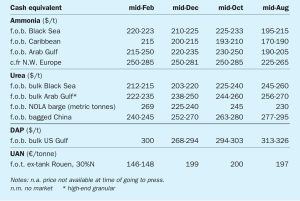
Price trends
Alistair Wallace, Head of Fertilizer Research, Argus Media, assesses price trends and the market outlook for nitrogen.

Alistair Wallace, Head of Fertilizer Research, Argus Media, assesses price trends and the market outlook for nitrogen.

The falling film high pressure carbamate condenser (HPCC) was the first type of high pressure carbamate condenser applied in urea stripping plants. Did you know that the first Snamprogetti stripping plants also had falling film carbamate condensers? In 1978 Mr Umberto Zardi, later founder of Casale, invented the horizontal kettle type condenser for Snamprogetti urea plants.
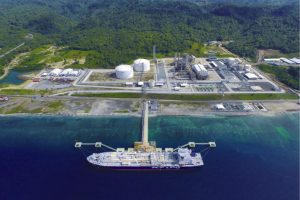
Lessons can be learned from the challenges faced during the construction, commissioning and start-up phases of major projects. In this article challenges and experiences are shared from the recent successful commissioning of ammonia and urea plants around the world, including projects in Indonesia, India, Egypt and the Middle East.

New ammonia and urea plants in Nigeria and Ethiopia are part of a wave of new capacity in Sub-Saharan Africa, and may help pull up regional demand from its current low base level.

The impact of coronavirus on both supply and demand continues to provide considerable uncertainty to the market. With much of Hubei province on lockdown, and a corresponding reduction in ammonia demand for DAP production, Chinese imports appear to be down, pushing more ammonia onto the international market and creating generally bearish sentiment.

This year’s Nitrogen + Syngas conference was held from 17-19 February in The Hague, Netherlands.
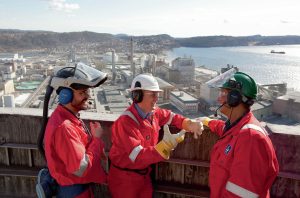
We look at safety, health and environmental (SHE) management and hazards at nitrogen fertilizer plants and the importance of the International Fertilizer Association’s ‘Protect & Sustain’ certification scheme.
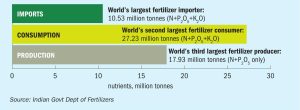
India consumed just under 57 million tonnes of fertilizers in 2018/19, cementing its position as the world’s second largest fertilizer marketplace. MP Sukumaran Nair provides an update on the country’s fertilizer industry, its continuing import reliance and the strong influence of government policy.
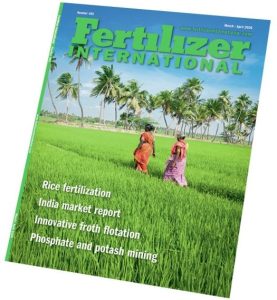
The end of winter each year is always a good time to reflect on the state of the fertilizer industry. This year was no exception with the usual flurry of fourth-quarter and full-year results for 2019 emerging mid-February. Less of a flurry, actually, more of an avalanche.

Market Insight courtesy of Argus Media